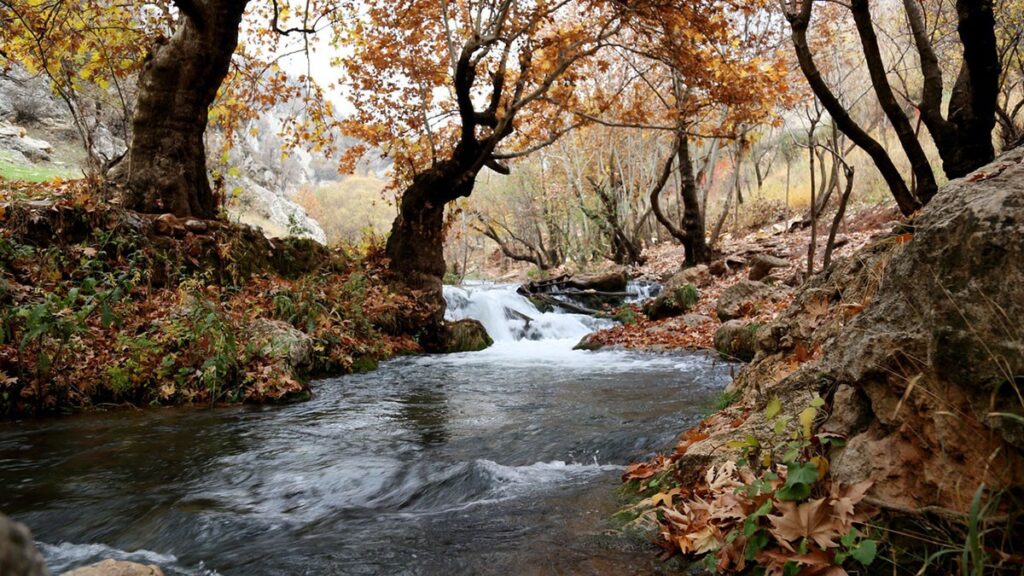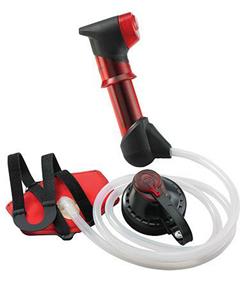
Water is one of the basic needs for every prepper. But, does every prepper know exactly what they are guarding against and how to best deal with all the pitfalls? I think some people hesitate because it’s a life or death thing and they don’t want to make a mistake. So let’s take an in-depth look at water purification.
Boiling, filtering, chemicals, and solar are all purification methods that a good prepper should know about. Let’s define all of those first, so we’re all on the same page. Then pros, cons and the limitations.
Boiling
Boiling of course refers to bringing the liquid to a rolling boil. For most bacteria and viruses the temperature of water at a rolling boil is enough to kill after a minute. If anyone has ever told you it has to boil for 10 minutes, they didn’t know what they are talking about. It does take a frustratingly long time to get cool enough to drink, so keep that in mind unless it’s the middle of winter. Or unless you’re aiming for soup. If aiming for soup, let that water boil, BEFORE adding in the soup components.
Filtering
Filtering means running the water through some kind of filter. There are all sorts of porous materials that will work to filter water. Some, like bandannas or socks will only filter out bugs and sand. Some, like filters available from  camping stores (sizes between 0.1 and 0.4 microns,) will remove bacteria from water but will not remove viruses. New “hollow fiber” technology can remove viruses. “Reverse osmosis” filters remove bacteria and viruses and can also remove salt from water, which is important for those dwelling near or on an ocean. No filter can filter out chemical contamination, except activated charcoal, see below..
camping stores (sizes between 0.1 and 0.4 microns,) will remove bacteria from water but will not remove viruses. New “hollow fiber” technology can remove viruses. “Reverse osmosis” filters remove bacteria and viruses and can also remove salt from water, which is important for those dwelling near or on an ocean. No filter can filter out chemical contamination, except activated charcoal, see below..
Common micro-organisms and the filter size needed:
| Organism | Examples | General Size | Filter Type | Particle Size Rating |
| Protozoa | Giardia, Cryptosporidium | 5 microns or larger | Water filter | 1.0–4.0 microns |
| Bacteria | Cholera, E. coli, Salmonella | 0.2–0.5 microns | Microfilter | 0.2–1.0 microns |
| Viruses | Hepatitis A, rotavirus, Norwalk virus | 0.004 microns | Water purifier | to 0.004 microns |
There are two basic types of filters :Membrane Filters use thin sheets with precisely sized pores that prevent objects larger than the pore size from passing through. Plus: Relatively easy to clean. Minus: They can clog more quickly than depth filters. Depth Filters use thick porous materials such as carbon or ceramic to trap particles as water flows through the material. Plus: Can be partially cleaned by backwashing. Activated carbon filters also remove a range of organic chemicals and heavy metals. Minus: Rough treatment can crack the filter, rendering it useless.
Chemicals
Chemicals refers to what you can add to water to kill the bad stuff but not kill yourself. The most common is bleach. Liquid Chlorine bleach is what most people have on hand. (Clorox or Purex.) Don’t use any bleach with perfumes or dyes or other additives, you don’t want to be drinking that stuff. Place the water in a clean container. Add the amount of bleach according to the Department of Health table below. Mix thoroughly and let stand for at least 60 minutes before drinking. Remember that chemical treatment of cloudy water is less effective, so filter your water first to get it as clear as possible. Iodine is another chemical used. Some people are allergic to iodine though, so be aware of that. Bleach will not kill some disease-causing organisms commonly found in surface water. Bleach and Iodine will not remove chemical pollutants.
| Treating water with household bleach containing 5.25-8.25 percent chlorine | |
| Volume of Water to be Treated | Bleach Solution to Add |
| 1 quart/1 liter | 5 drops |
| 1/2 gallon/2 quarts/2 liters | 10 drops |
| 1 gallon | 1/4 teaspoon |
| 5 gallons | 1 teaspoon |
| 10 gallons | 2 teaspoons |
Sunlight
Cheapest of all, sunlight can be used to purify water. It harnesses the UV rays and the heat. Clear plastic bottles placed in the sun for 6 hours will kill off bacteria, viruses, protozoa and worms. But of course, not chemical pollutants. Like the other purification methods, it works best on filtered water. Minus: Doesn’t work at night or on cloudy days. Need more on this one? Check out the 88 page manual!
I’d say for the best outcome, you’ll thank yourself if you have close to a week’s worth of safe drinking water stored, and the makings to set up one of these methods in day or two. If you’re not storing rain water, you’ll need to scout out the local creeks/rivers/ponds/etc.
Don’t let this basic need trip you up when it matters most! Find the method that works for your situation and get it set up! Anyone with some water stories to share? Shout out in the comments.

11 comments
Thanks for that link on solar disinfection.
As a kid in IN, I grew up running up and down creek beds, I was one who never drank from the creek. My friends did, now they are fat and bald. Any connection there?
assume article CM, This is always high on my list. Better to prepped and not need then to need it and not have it. Currently wify and I have put back 90 gals in 15 gallon drums for a quantity of 6 and projected to expand it to 9. One challenge is as I am getting older these seem heavier, lol at 125 lbs each. So what I’ve done is place them on small furniture moving carts (the one with the small swivel wheels from harbor freight) That way you push or pull where you want them.
all good stuff to know I didn’t know some of it
Good work CJ.
these charts need a permanent link in the “popular posts”, and their own category as well.
now what I really need are some designs for activated charcoal air filters, and water filters. (home made)
foolproof, and easy to rebuild would be a major plus…
Awesome post! That is all fantastic info to have! Thanks for digging that up for us!
Thank you for this very informative post. I’ve copied and printed it and placed in my PREP binder under ‘water’, as well as sent it to my PREP friends and given a copy to my son. I do well with charts and lists…better than with just text.
One of the best things I ever bought was my Katadyn Pocket Filter.
It is very well made, it will outlast me. And it filters a lot of water on one cartridge.
The hollow fiber tech link that goes to Forge Survival Supply website that is selling the MSR Hyperflow Microfilter. Which is the one also pictured in the article states that it is NOT effective vs viruses.
Most filters don’t filter out viruses. Viruses are smaller then the lower limit of most filters. But a virus doesn’t survive long outside of a host that feeds it, protects it and keeps it in the right environment temps and probably a lot of other reasons it needs a host. In the wild it simply doesn’t last long and dies rendering it no threat.
Bacteria can survive quite well an outdoor water environment, and they are bigger in size so they are easily filtered out and (if you bought the right filter) die in the filter as silver impregnation into the filtering medium kills the bacteria.
When I use my Katadyn filters (I have their Hiker and Pocket filters) I don’t worry about getting a virus.
Yea there are filters that filter down small enough to filter a virus, but it comes at the cost of greatly reduced amount of filtering the element can do and they clog more easily.
When I first started looking at filters, I thought about getting a Steri-Pen for killing any virus that may be in the water after it ran through the filter. But a look on the Appalachian Trail web site (www.whiteblaze.net) I found a lot of people were having to send the Steri-Pen back for all kinds of problems. The light would stop working, the switch would break. Not a good idea to buy a filtering device that is over complicated and subject to breaking in the field. It’s even more important if TSHTF ever comes as replacement devices may not be easily gotten.
So decided to just go with the Katadyn filter (as viruses are very rare in the wild) and if I ever were to think a virus were a problem I would boil the water after it came out of the filter.
In 15-years I have not boiled any water I used in the wild and so far no problems at all.
“I think some people hesitate because it’s a life or death thing and they don’t want to make a mistake”. Calamity Jane.
… truer words are rarely spoken. that is a big source of paralysis for me, and why I “armchair” most of the time instead of doing. and there is rarely enough cash on hand for “do-overs” if my previous mistakes haven’t already killed me. keep up the good work CJ.